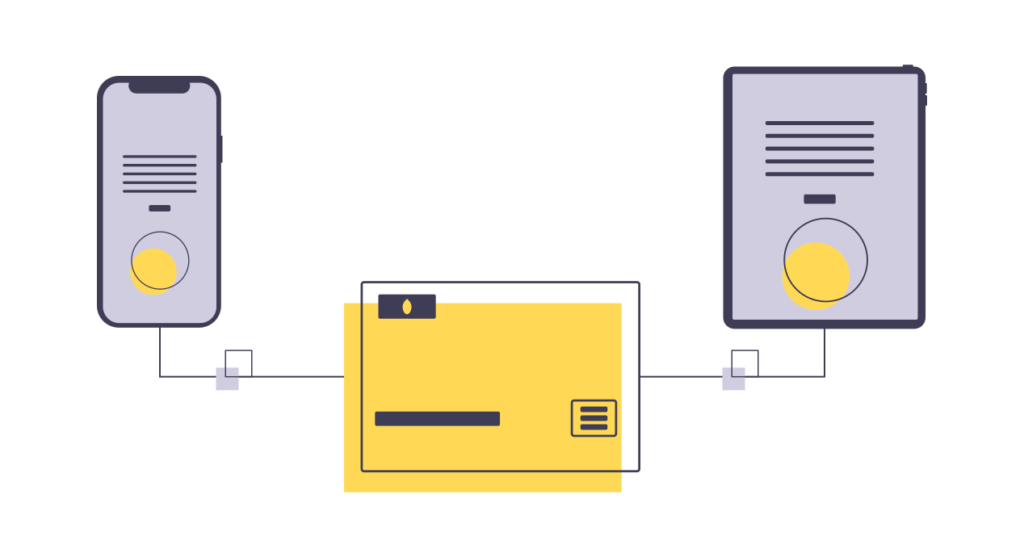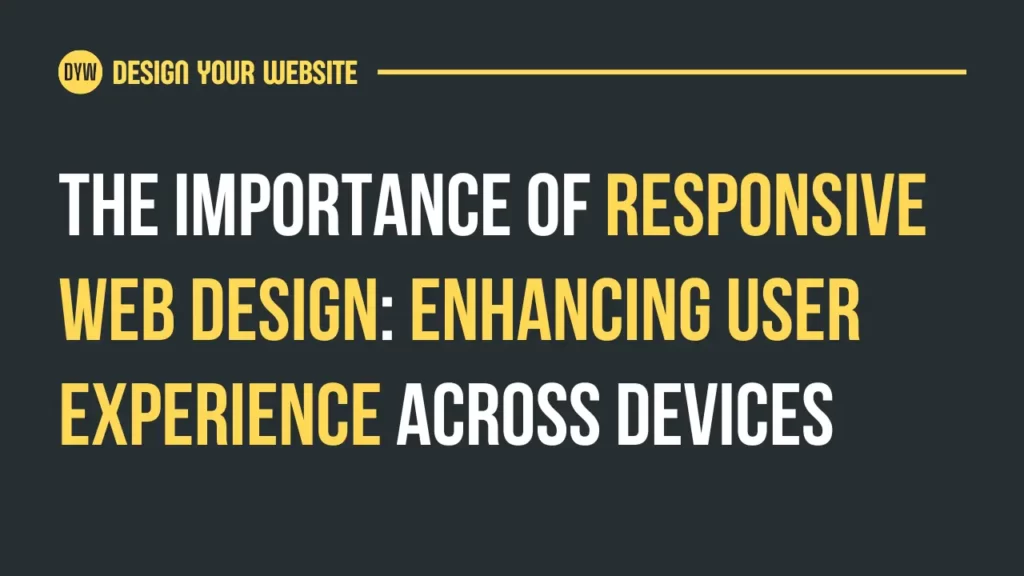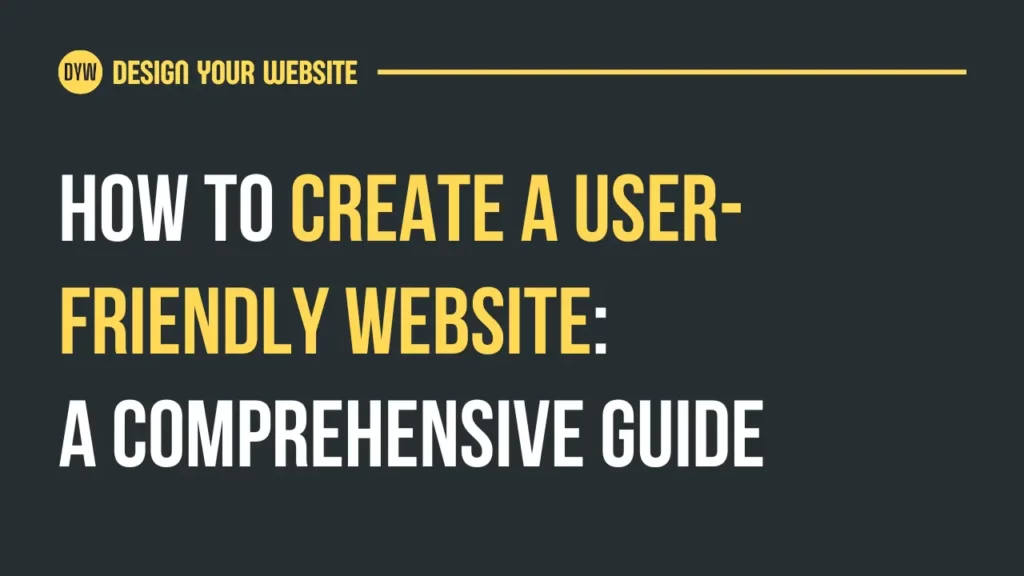Welcome to our blog on the best practices for e-commerce website design! In today’s digital age, having a well-designed online store is crucial for success in the competitive e-commerce market. In this blog, we will explore the key practices that will help you create an exceptional e-commerce website that attracts customers and maximizes conversions.
I. Introduction – Best Practices for E-commerce Website Design
With the exponential growth of online shopping, a well-designed e-commerce website serves as the foundation for a thriving online business. In this blog, we will provide valuable insights and tips to help you create a successful e-commerce website. The key best practices covered in this blog include:

II. Prioritizing User Experience in Design
A user-centric design is essential for any e-commerce website. By focusing on optimizing the user experience, you ensure that potential customers enjoy their visit and are more likely to make a purchase. Some tips for optimizing user experience include intuitive navigation, clear product information, and easy search functionality.

III. Matching Brand Identity
Maintaining brand consistency plays a crucial role in creating trust and recognition among your customers. We will discuss the significance of incorporating brand elements like colors, fonts, and imagery into your website design, ensuring that it aligns with your overall brand identity.
IV. Staying Up-to-Date with Design Trends
The e-commerce industry is continually evolving, and staying up-to-date with design trends is essential for staying competitive. We will delve into the latest design trends, exploring their benefits and providing examples of popular trends that you can incorporate into your website.

V. Optimizing for Mobile Devices
The rise of mobile devices for online shopping highlights the importance of designing responsive and mobile-friendly e-commerce websites. We will emphasize the need to optimize your website for mobile devices and provide techniques and strategies to ensure an excellent mobile user experience.
VI. Incorporating Customer Reviews
Customer reviews have a significant impact on purchasing decisions. We will explore the importance of incorporating customer reviews into your e-commerce website and share strategies for displaying and featuring customer reviews to build trust and boost sales.

VII. Simplifying the Checkout Process
A streamlined checkout process is crucial for enhancing conversions. We will discuss the significance of simplifying the checkout process and provide best practices such as guest checkout, progress indicators, and clear calls-to-action to make the checkout experience seamless and hassle-free.
VIII. Incorporating Trust Signals
Trust signals are an essential component of e-commerce design, instilling confidence in potential buyers. We will define trust signals and list various trust signals that can be incorporated into your website, including security badges, customer testimonials, and trust seals.
Advantages of Using BigCommerce for Designing a Site
BigCommerce offers numerous advantages for designing and managing your e-commerce website. We will explain the benefits of using BigCommerce as a platform, highlighting customization opportunities, ease of use, and features for sales and payment processing.

Website Performance and Security
Website performance and security are paramount when it comes to e-commerce websites. We will stress the importance of optimizing your website for speed, implementing secure payment gateways, and securing customer data to provide a safe and reliable shopping experience.
Conclusion
In conclusion, implementing these best practices for e-commerce website design can significantly boost your online business. By prioritizing user experience, matching brand identity, staying up-to-date with design trends, optimizing for mobile, incorporating customer reviews and trust signals, simplifying the checkout process, and focusing on website performance and security, you can create an exceptional e-commerce website with our assistance, especially with the advantages offered by BigCommerce. Start applying these practices today, and watch your online store thrive!
Stay tuned for more informative articles on e-commerce, web design, and online business tips.
Frequently asked questions about E-commerce Website Design
What is E-commerce Website Design?
E-commerce website design refers to the process of creating and optimizing websites specifically for online businesses to sell their products or services. It involves designing the layout, user interface, and various elements to enhance the shopping experience.
Why is E-commerce Website Design important?
E-commerce website design is crucial as it directly impacts the user experience, conversions, and search engine visibility. A well-designed website enhances navigation, showcases products effectively, builds trust and encourages visitors to make purchases.
How can I improve the user experience on my E-commerce website?
To improve user experience, focus on intuitive navigation, clear product categorization, high-quality images, detailed product descriptions, and easy-to-use search functionality. Ensure that your website is mobile-friendly and loads quickly to provide a seamless browsing experience.
What are the key elements of a well-designed E-commerce website?
Key elements of a well-designed e-commerce website include a visually appealing layout, clear and intuitive navigation, strategic placement of calls-to-action, high-quality product images, detailed product information, and a streamlined checkout process.
Should I prioritize mobile responsiveness in E-commerce Website Design?
Yes, mobile responsiveness is crucial for e-commerce websites due to the increasing number of users accessing the internet via mobile devices. Responsive design ensures that your website adapts to different screen sizes and provides a user-friendly experience, positively impacting search rankings as well.
How can I optimize my E-commerce website for search engines?
To optimize your e-commerce website for search engines, focus on keyword research, optimizing page titles, meta descriptions, URLs, and image alt tags. Create unique and engaging content, utilize schema markup for products, and ensure fast-loading pages. Implement a solid internal linking structure and leverage social media to enhance your website’s visibility.
Should I include customer reviews on my E-commerce website?
Yes, incorporating customer reviews is highly beneficial. Not only do they provide social proof and build trust, but they can also enhance search engine visibility. Use schema markup to mark up the reviews, enabling search engines to display rich snippets in search results.
What security measures should I take for my E-commerce website?
Ensure that your e-commerce website has SSL encryption to secure customer information during transactions. Use a reliable and secure payment gateway, and regularly update your website’s software to patch any security vulnerabilities. Implement measures like CAPTCHA and two-factor authentication to prevent fraudulent activities.
How can I make my E-commerce website load faster?
To improve website speed, optimize images without compromising quality, minimize HTTP requests, leverage browser caching, enable compression, and use a content delivery network (CDN). Compress CSS and JavaScript files, and consider using a caching plugin or implementing server-side caching.
What are the best practices for designing a visually appealing E-commerce website?
To design a visually appealing e-commerce website, use a clean and organized layout, complemented by high-quality images and a consistent color palette. Pay attention to typography, ensuring readability and hierarchy. Utilize white space effectively and create a visually balanced design. Follow accessibility guidelines to accommodate users with disabilities.




